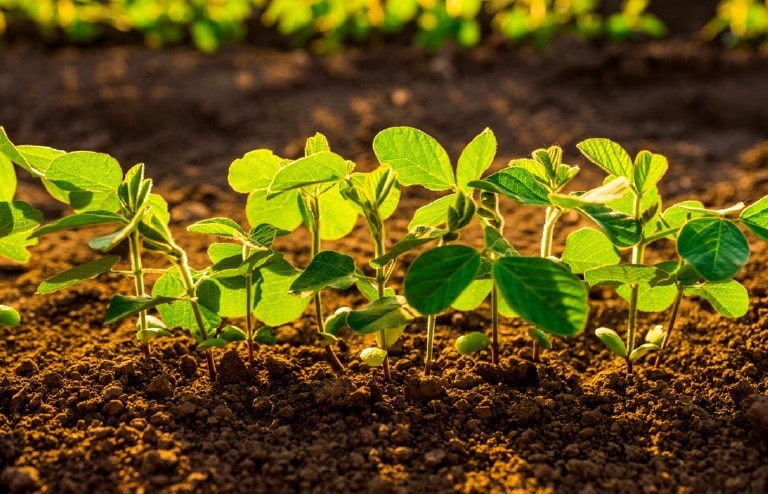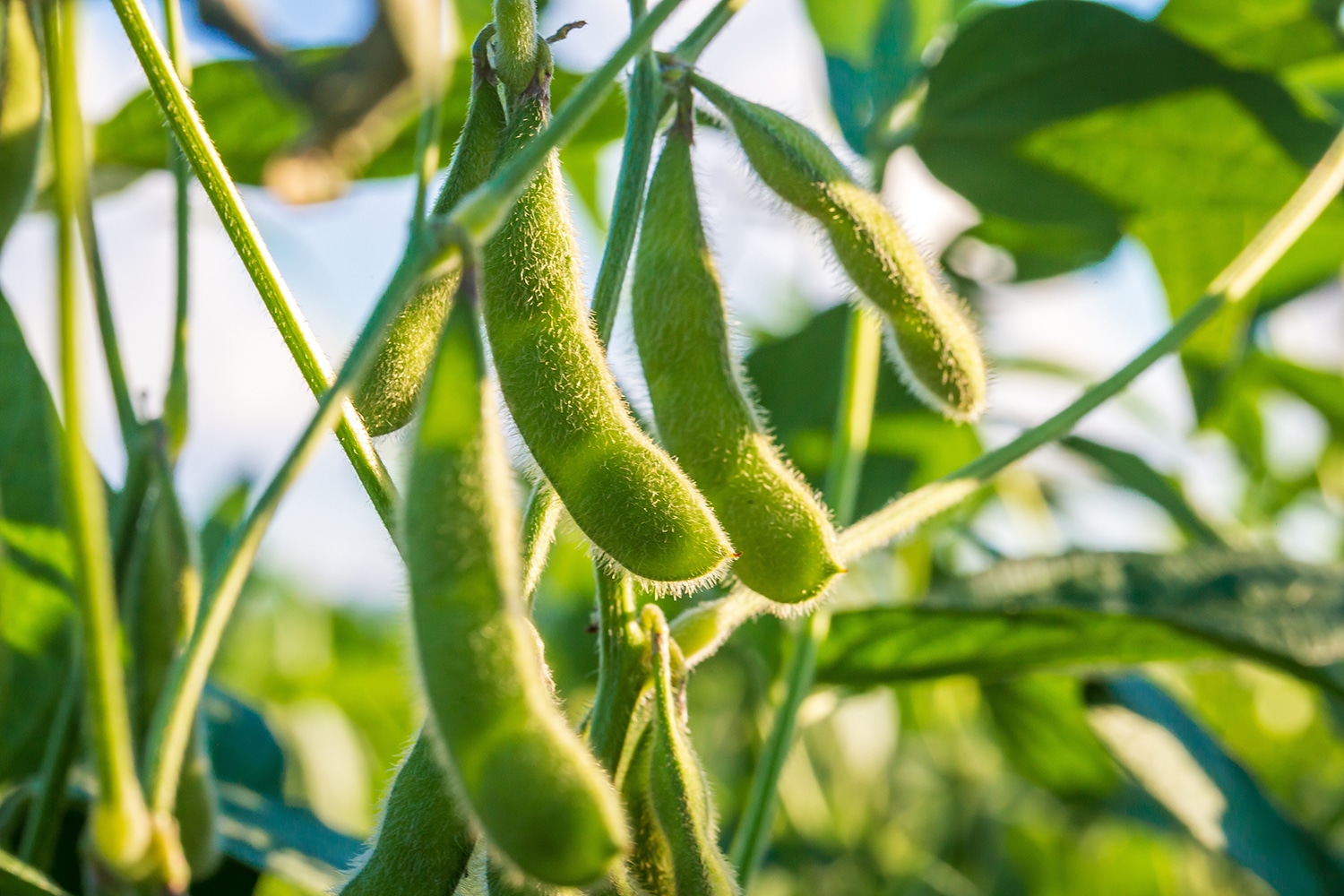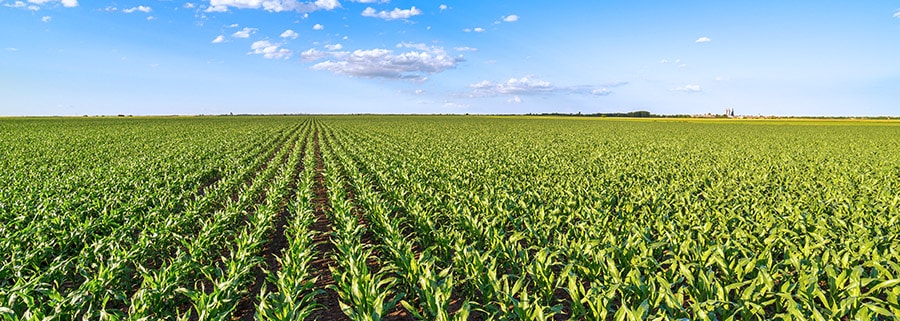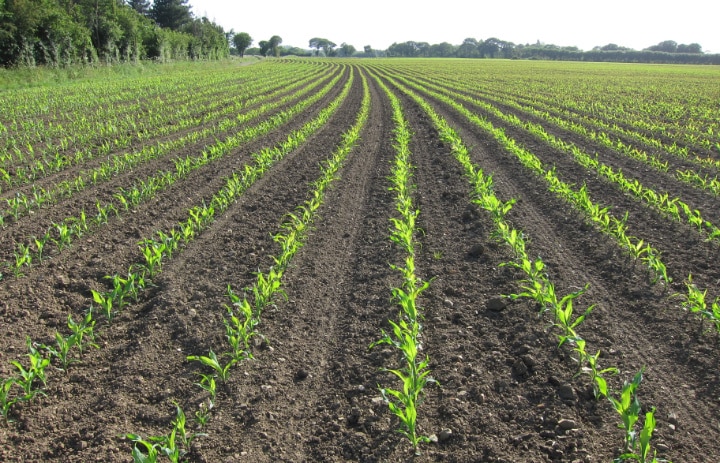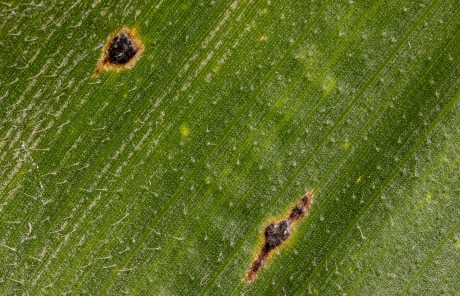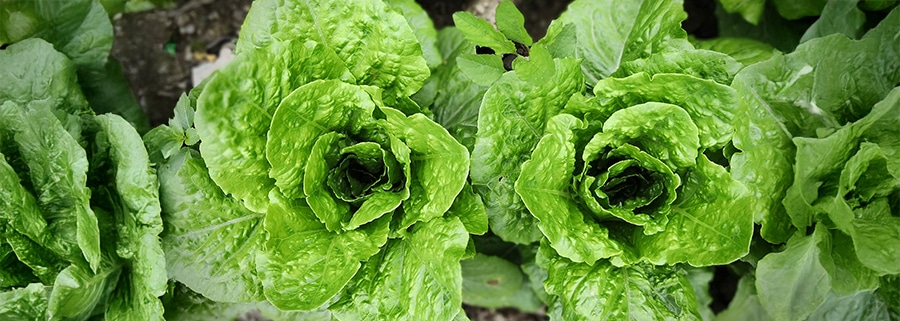What’s missing from the soil can come from the sea
There are plenty of fish in the sea when it comes to fertilizer options for your crops. Maybe you’ve heard of other growers having great success with alternative fertilizers on their farms. Or perhaps you’re looking for something more nourishing for your soil and crops throughout the seasons. Something that maximizes your yields, reduces production costs, and improves the quality of your crops. Maybe you’ve heard about fish fertilizers, and now you’re curious to learn more.
In this article, we’ll cover:
- How fish and seafood-based fertilizers are made and why the process is important to consider when selecting the right fertilizer for your farm
- What’s inside and the unique ways in which top-quality products improve soil health to deliver more NPK to your crops
- How you can incorporate alternative fertilizers for healthier, more productive crops
- Testimonials from real growers
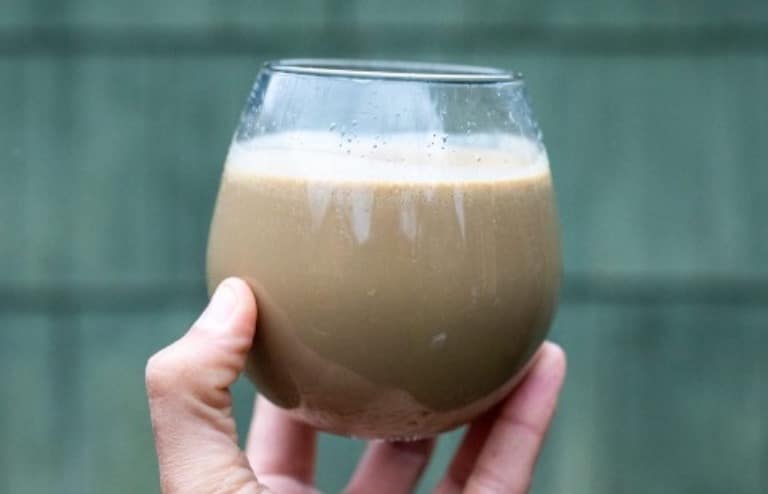
This fish, that fish, hot fish, cold fish
Fish fertilizers are nutrient-rich solutions derived from fish or fish by-products that can boost soil health and yield potential when formulated and processed properly. This “good stuff” is made using the entire fish and keeps the amino acids, lipids, and enzymes intact during the production process.
Liquid fish fertilizers can be produced via high-heat treatment or cold-processing methods. Both methods are effective in killing pathogens to create a stable product. However, heat production compromises the integrity of nutrients like lipids.
Why are lipids essential to plant health?
Lipids, especially seafood-based, long-chained fatty acids such as omega-3s, are foundational for plant growth, development, environmental adaptability, and stress resilience. In other words, lipids provide the foundation for crops with better yields.
Plants secrete lipid-based compounds into the soil, which serve as an excellent food source for beneficial microbes. In turn, these lipids enhance microbial activity and improve the availability of nutrients. For example, lipids in root exudates attract beneficial microbes that help in nutrient cycling, while fatty acids promote symbiosis with mycorrhizal fungi to improve phosphorus uptake.
Of course, the efficacy of nutrient uptake depends on bioavailability.
What is bioavailability, and why is it important?
Bioavailability is the key. It tells us whether the nutrients in the soil can actually be absorbed and used efficiently. When nutrients are bioavailable, crops can easily harness them without wasting energy, supporting plant health and higher yields. If nutrients are not bioavailable, then they are either locked up in the soil or lost through runoff, wasting production resources and diminishing crop productivity. Beneficial soil biology helps unlock nutrient bioavailability for crops by converting NPK inputs into readily usable forms. Attracting beneficial microbes to crops, such as fungi and bacteria, promotes the nutrient bioavailability of your inputs.
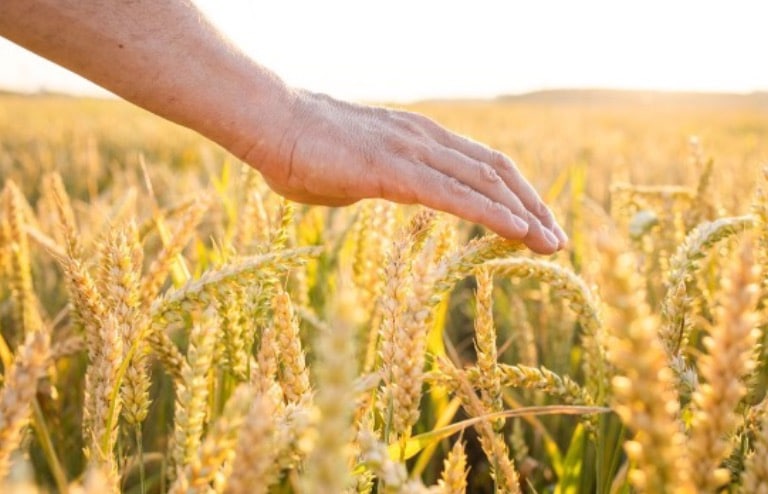
How to test the bioavailability of inputs
A great way to test whether your inputs are bioavailable is to perform a Haney Soil Health Test (HSHT) alongside a sap analysis or tissue test. A Haney soil test reports the concentration of organic and inorganic forms of nutrients in your soils. For instance, it can show whether organic nitrogen from cover crops is available for the next planting season, reducing reliance on synthetic fertilizers.
A sap analysis tells you about the free (mobile and bioavailable) nutrients flowing inside your crops that are yet to be incorporated into the crop tissues.
Finally, a tissue test reports on the total nutrients already incorporated into your leaf structure. Suppose you find high levels of phosphorus in your soils, but low levels of phosphorus in your leaf samples. This means your phosphorus inputs are getting tied up in the ground rather than being used for crop growth and yield. You might want to consider tossing those sorts of inputs overboard.
In summary, understanding bioavailability can help growers optimize nutrient management practices. Fertilizers that enhance the bioavailability of nutrients in the soil can help growers significantly reduce the need for additional nutrient inputs. Improved nutrient use efficiency ultimately maximizes yield and boosts ROI with cost savings upfront and reduced input costs overall.
What is a fish hydrolysate fertilizer?
Fish hydrolysate fertilizers are produced through a process called hydrolysis, during which fish and fish by-products are enzymatically broken down into smaller, more accessible nutrients. Fish hydrolysates retain all the original organic compounds found in fish, such as amino acids, peptides, lipids, and enzymes, but in more bioavailable forms. This means fish hydrolysate fertilizers provide a rich nutrient profile for your soil and crops to help improve yields.
High heat-treated fish fertilizers like emulsions miss the mark
Heat-treated fish emulsions typically lose essential nutrients your soil and crops crave, as heat processing depletes critical bioactive compounds and nutrients, limiting their potential to improve soil health and crop performance. Cold-processed hydrolysates, in contrast, preserve a diverse array of nutrient breakdown products, significantly enhancing the on-farm value of fish-based fertilizers and offering substantial competitive advantages.
But how do you spot the difference? Products may be heat-treated if they’re labeled as fish emulsions. Fish emulsion fertilizers are typically made by cooking the fish or fish by-products in high heat before the oils are extracted from the liquid for resale as fish oil. Then, an emulsifying agent is added to the remaining liquid to stabilize the mixture. When you’re looking for fertilizers, look for mentions of “cold-processed” on labels to ensure you’re getting the most out of your alternative liquid fertilizer.
Cold-processing and lipids: a deeper dive
Because cold-processing keeps all the nutrients and organic compounds in your fertilizer intact, it ensures maximum functionality to get the most NPK out of your soil. When we say functionality, we are referring to the microbial diversity in the soil and how well the soil can do its job, like cycling nutrients and supporting plant growth.
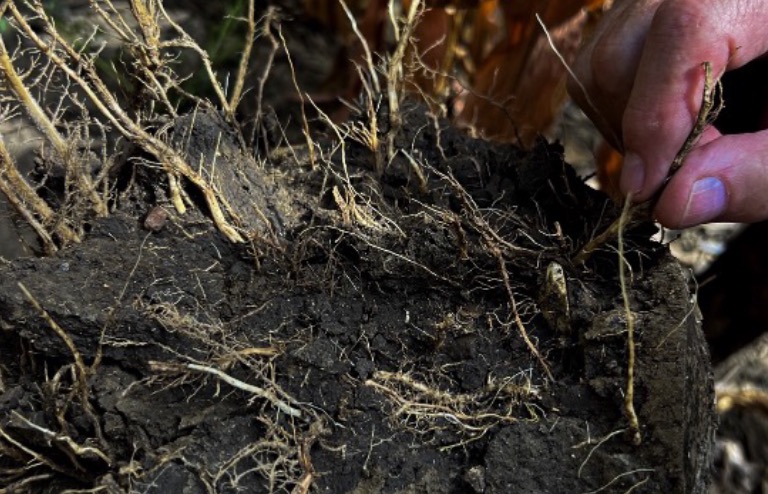
When a cold-processed seafood fertilizer hits the field, it’s like a balanced meal for beneficial fungi and bacteria. Fish proteins are protected by a manufacturing process that converts them into amino acids like amino acid nitrogen. Amino acids are an important source of nitrogen that is rapidly absorbed by crops. This allows the plants to redirect energy towards essential tasks like strengthening roots and shoots and prioritizing reproductive health.
The seafood-based omega lipids are also protected by cold-processing methods. Progressive growers use ingredients that have not had the valuable fats pre-extracted. Soil biology, especially beneficial fungi, thrive on lipids as an energy source and interact with plants through their hyphal networks. Beneficial fungi extend their hyphae to provide plant root systems with greater access to water and nutrients in the soil. In return, the fungi receive sugars from the plants. This symbiotic relationship increases plant nutrient uptake efficiency, improves soil aggregation, and uses water more efficiently. Strong fungal networks improve soil quality and may even allow crops to find more water during droughts.
Levels of fat content in competing fertilizers
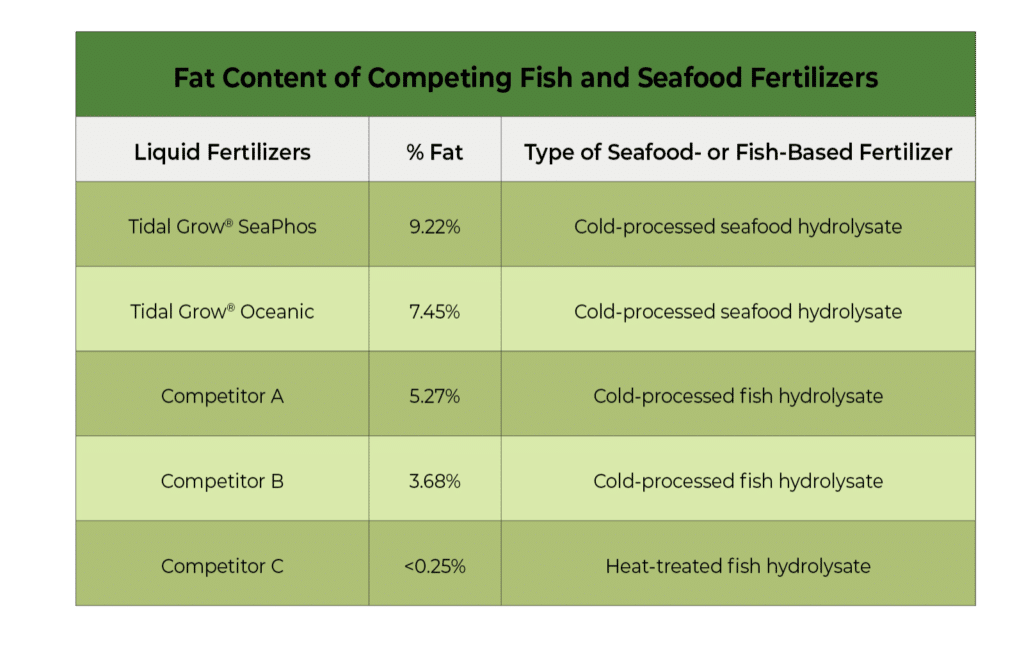
Seafood hydrolysate fertilizers are a hook, line, and sinker
Don’t just take our word for it. When three bioavailable fertilizers were tested, the clear winner was our Tidal Grow Oceanic, a cold-processed seafood hydrolysate liquid fertilizer. Oceanic raises all the “green flags” above, but calling it fish hydrolysate fertilizer isn’t the full story.

Oceanic takes it to the next level by incorporating upcycled crab shells that would otherwise have gone to waste in landfills. Oceanic benefits from a unique process developed at Tidal Grow AgriScience that breaks down crab shells into high-value nutrients and soluble particles that benefit soil. These complement the nutrients in fish to support plant metabolism and accelerate the activity of beneficial bacteria in the soil. It’s a great beneficial fungi food source, and because we don’t heat it or remove the oils, it’s packed with biodynamic nutrients that are readily available for crops.
Like Oceanic, SeaPhos is a cold-processed seafood hydrolysate liquid fertilizer that has been uniquely designed to preserve the phosphorus found in fish bone. This added natural source of phosphorus is available in liquid form to boost roots and shoots in the field in spring.
Seafood hydrolysate liquid fertilizers, like Oceanic and SeaPhos, improve soil health and power plant productivity while reducing investment costs and integrating seamlessly into other inputs.
Real results from real growers
ROI for a corn and soybean grower
Adam York and his brother grow corn and soybeans on 10,000 acres in Jacksonville, Illinois. They previously used high rates of commercial fertilizers and traditional crop protection products, but they noticed that their soil was degrading. They decided to try something different on a few test plots, with seafood hydrolysate fertilizers being a part of that something different. On those test plots, the worms came back! They were able to get away from higher rates of commercial fertilizers and intensive crop-specific protection products, and profitability increased tremendously. Over time, they even cut out more standard commercial macronutrients while yields held the status quo.
“We’ve cut out DAP and potash,” said York. “We’ve slimmed $100-$150 an acre off the top. It’s always about the ROI.”
We call that a win!
A corn grower boosts water-holding capacity and reduces herbicide use
If you’re more of a visual person, check out Jay Lane, a corn grower in eastern North Carolina, as he walks us through his corn fertility program. Jay planted his corn early in rough conditions. He applied SeaPhos in the spring and spoon-fed throughout the season to help solubilize the minerals in his soils and make them more bioavailable for his corn. He reports seeing improved water-holding capacity after using SeaPhos. By improving soil microbial health, Jay was able to reduce general herbicide use.
Fish fertilizers help an onion grower produce 1,300 bags/acre
How about growing 65,000 pounds of onions an acre in Texas, 30% over target? This conventional farmer has figured out how to use both Oceanic and SeaPhos fertilizers in a biological program. The program boosted his soil health, made nutrients more bioavailable, and ultimately reduced his reliance on conventional nutrient sources. In doing so, he produced 1,300 bags of onions per acre while still cutting down on disease pressure. Biological nutrition helps this grower reduce the number of harmful spray passes on his farm, which saves money and helps him be a good neighbor to his community.
Start with SeaPhos and reel in the benefits
When it comes to finding the right fish for your fields, look for a cold-processed seafood hydrolysate that’s going to feed beneficial biology and promote nutrient bioavailability for your crops. SeaPhos is a great place to start to prep your soil before planting with just 1-2 gallons per acre. This cold-processed seafood hydrolysate improves nutrient uptake and delivers more diverse phosphorus sources to crops than traditional phosphate sources.
Get support for all cropping systems
Whether you’re cultivating broadacre crops like corn or soybeans, nurturing high-value vegetable or fruit crops, or tending to perennial trees like almonds, we’re here to help you grow. Let us assist you in delivering healthy crops today and into the future.
Citations
(n.d.). Decoding Soil Biology. Biome Makers. https://biomemakers.com/
(n.d.). Plant Sap Analysis. NEWAGE Laboratories. https://www.newagelaboratories.com/
(n.d.). Plant Tissue. Western Laboratories Inc. https://westernlaboratories.com/plant-tissue
(n.d.). Soil Health Analysis. Regen Ag Lab, LLC. https://regenaglab.com/services/soil-health-analysis/
Allen, M. F. (2007). Mycorrhizal Fungi: Highways for Water and Nutrients in Arid Soils. Vadose Zone Journal, 6(2). https://doi.org/10.2136/vzj2006.0068
Couvillion, S. P., Danczak, R. E., Naylor, D., Smith, M. L., Stratton, K. G., Paurus, V. L., Bloodsworth, K. J., Farris, Y., Schmidt, D. J., Richardson, R. E., Bramer, L. M., Fansler, S. J., Nakayasu, E. S., McDermott, J. E., Metz, T. O., Lipton, M. S., Jansson, J. K., & Hofmockel, K. S. (2023). Rapid remodeling of the soil lipidome in response to a drying-rewetting event. Microbiome, 11(1), 34. https://doi.org/10.1186/s40168-022-01427-4
Dellero, Y. (2020). Manipulating Amino Acid Metabolism to Improve Crop Nitrogen Use Efficiency for a Sustainable Agriculture. Frontiers in Plant Science, 11. https://doi.org/10.3389/fpls.2020.602548
Zayed, O., Hewedy, O. A., Abdelmoteleb, A., Ali, M., Youssef, M. S., Roumia, A. F., Seymour, D., & Yuan, Z. C. (2023). Nitrogen Journey in Plants: From Uptake to Metabolism, Stress Response, and Microbe Interaction. Biomolecules, 13(10), 1443. https://doi.org/10.3390/biom13101443
